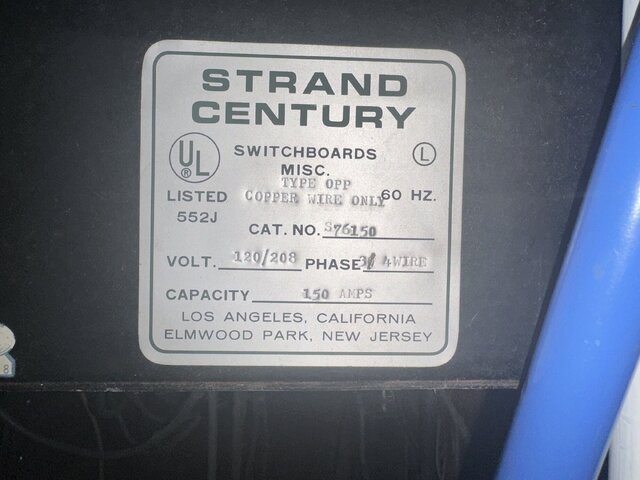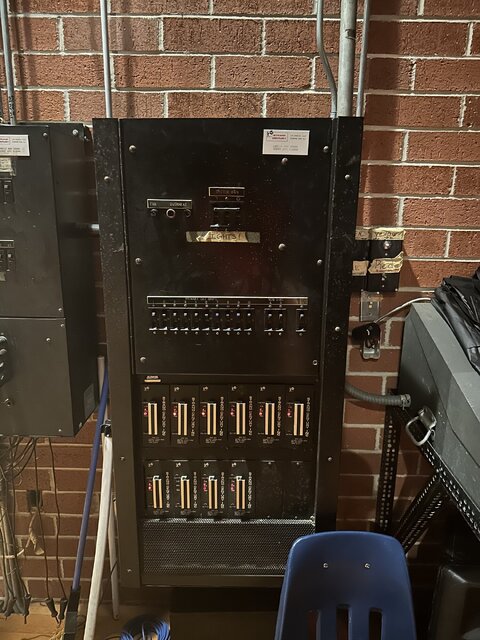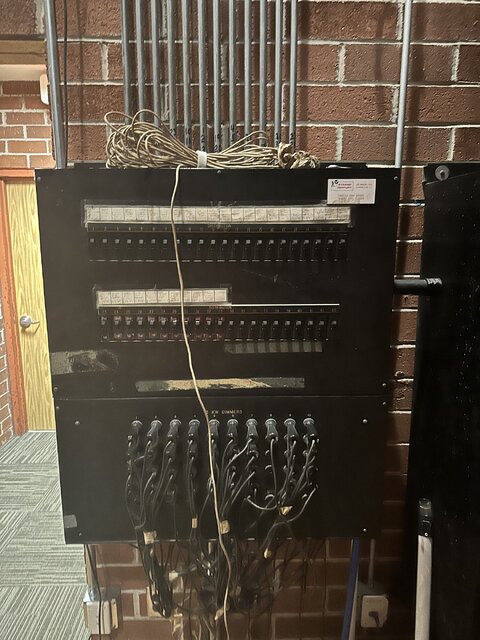frickej123
New Member
I have a serious of questions about my system. I will post the pictures of the system. I have already spoken with fire Marshall and this system is grandfathered in. for years, nobody could find parts like breakers and dimmers for the system I am working on. I have found parts. I need to find the schematics for the switch board.
The problem I am having is that I don't understand why there are two dimmers at the bottom for each scene.
Also, on top. The switches on the board do not control the same lights I am not sure how to get it all to work.
I have found some parts on Ebay, but if anyone can help me find a contact to get more parts.
The problem I am having is that I don't understand why there are two dimmers at the bottom for each scene.
Also, on top. The switches on the board do not control the same lights I am not sure how to get it all to work.
I have found some parts on Ebay, but if anyone can help me find a contact to get more parts.





